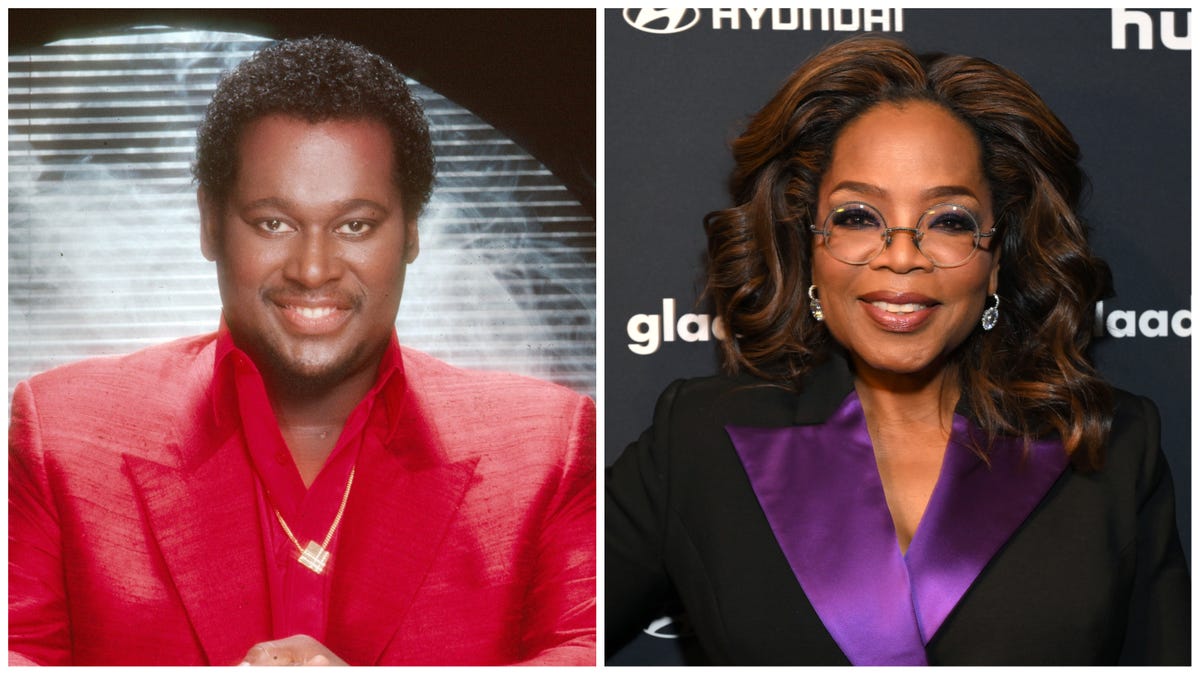Do you have a mind-numbing office job? Are you desperately and unhealthily in love with an unworthy guy? Do you drink with your enemies to drown what some would call your “champagne problems”? If you answered yes to these questions, congratulations, you could be the protagonist of a millennial novel about girls and women. While the archetypal Gen-X novel belongs to American psychos who don’t talk about Fight Club — angry men, basically — the millennial novel is about the sad, bitter ladies.
Book review of “Banal Nightmare” by Halle Butler

This genre is sometimes referred to as a “hot millennial novel” and is typically set at the turn of the 21st century. The authors were born (more or less) between 1981 and 1996. Ottessa Moshfegh, Sally Rooney, Elif Batuman and Marlowe Granados all sit around the table, exchanging snarky remarks and confessions that are equal parts smug and confident. But as Rooney explores in her latest novel, Beautiful World, Where Are You, the millennial young woman must age, and with her the novel that bears her sinister visage.
Fame, climate anxiety, choosing a car seat: What’s next for these bleak protagonists? It’s clear that Halle Butler has some thoughts on her mind. Her first two novels, Jillian and The New Me, delved deep into the heart of millennial darkness as her characters vacillated between cluelessness and startling self-awareness. She explored the urge to obsess, the way women demonize each other, and the soul-destroying nature of work, menial, creative, or otherwise.
Her new novel, Banal Nightmare, is her most ambitious yet, a polyphonic opus about life as a cog in the culture machine with a capital C. It also focuses on an age-old question: “Is everyone awful, or just me?” Protagonist Moddie leaves the lonely city of Chicago for the nameless Midwestern college town where she grew up; her trauma haunts her, as does her bad attitude. Older but no wiser, Moddie is haunted by the end of her last relationship and the callous indifference of her ex’s circle of friends. In other words, her 20s may be over, but they are far from behind her.
To this end, Moddie’s inner life is riddled with fantasies of self-harm and harm to others, including a graphic description of stabbing, mutilating and practically liquefying a famous conservative activist, only to somehow Despite it emerge as the winner. This book reads and feels so vivid and frighteningly current.
In Banal Nightmare, Butler pushes her darkly humorous, malevolent worldview to its limits. And while the focus is largely on Moddie and her friends, the narrative fails to appreciate the solipsism of these characters. The novel strays from the plot or the inner life of a character to follow a few geese for a paragraph or to peek inside when “someone’s mother lies awake in bed having a sexual fantasy about a coworker.” These moments feel expansive, gloriously cinematic in a genre that is otherwise very internal. Frankly, sometimes you need a break from these people, and the book does that too.
Butler’s subjects are all “creatives” in their thirties and forties (academics who study criticism; sculptors with day jobs; thankless art monsters) with interchangeable, anachronistically yuppie names and problems. They believe they have missed the boat, personally and professionally, by marrying the wrong person, going to a worse school, or failing to get to grips with the Western canon in their youth. “You just have to learn everything you can by the time you’re 27,” Pam complains, “because by then your life is pretty much decided. … You’ve chosen what you’ve chosen, and life is basically over.”
There’s Kimberly, who is upset that the best creative jobs go to the moderately wealthy, while secretly believing that as a white, working-class woman she is one of society’s most deserving victims. Like many of Butler’s characters, Kim is a little right, a little wrong, and, above all, embarrasses herself.
And there is Bethany, an administrator, who is doing a victory lap over the one oneArticle she published in the New York Times, not knowing that “after the article was published, everyone gathered at Panera and confessed that they didn’t like him.” It turns out that success and failure, at least in the artistic field, are virtually indistinguishable. One professor figure calmly and aptly admits to himself that he is “far more likely to be fired than carried out of the building in a chair by screaming, adoring students.”
Butler’s novel about adult millennial girls and women is somewhat similar to Julia May Jonas’ “Vladimir” or Sarah Braunstein’s “Bad Animals,” detailed character studies that double as grotesque institutional burlesques. “Banal Nightmare” contains embarrassing, sometimes provocative material, but it’s also pretty funny.
And one thing can be said about Butler’s characters: despite their insecurities, they are mostly well-read. Reflecting on her fondness for Edith Wharton’s 1905 “House of Pleasure,” Moddie explains, “I like it because I’m a… masochist with a weak ego and I love being emotionally manipulated by a master pervert, sure.” Wharton is the master pervert, but one suspects Butler has that title taped to the top of her computer screen for inspiration, and surely weak masochists looking for a slightly depraved read might give “Banal Nightmare” a look.
While literature looks back to look forward, Butler’s latest offers a compelling blueprint for where it and the genre might go from here: still mean, if no meaner than before, and with higher stakes for the protagonist and the world she lives in.
Will the sad millennial girl make it in the end? No, of course not. In her defense, she’s been telling you that all along.
Annie Berke is the author of “Their own best creations: female writers in post-war television.”
Banal nightmare
Random House. 336 pages. $28.



